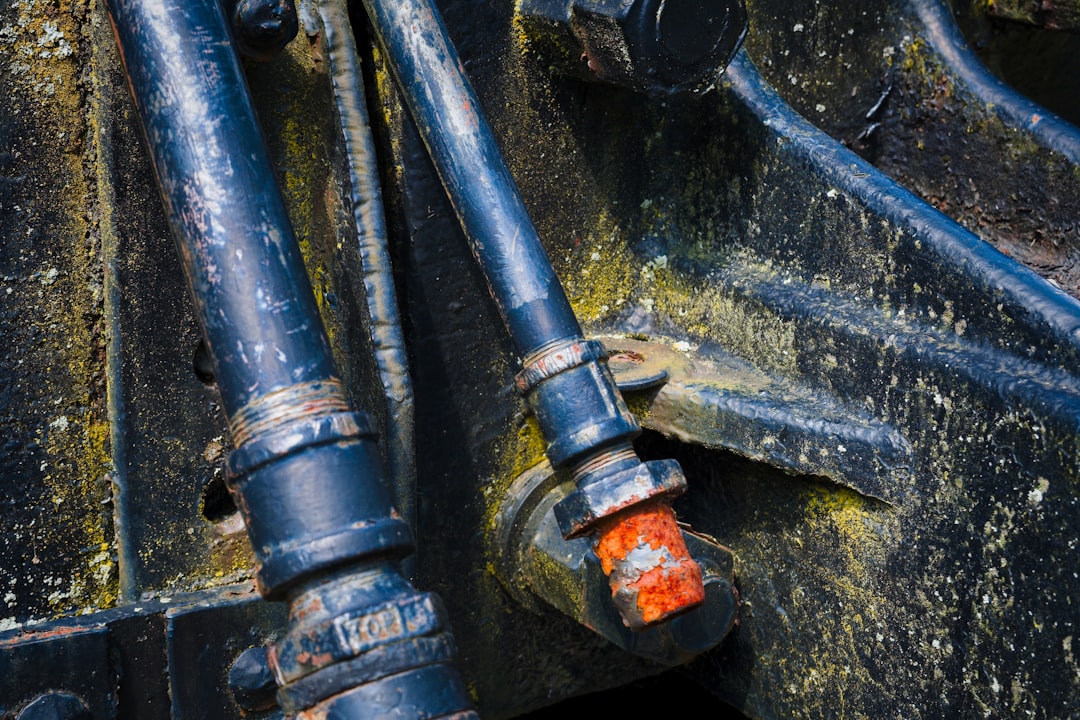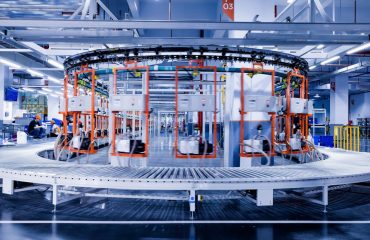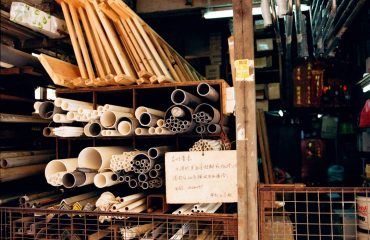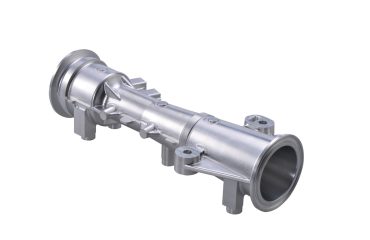High-pressure pipelines are critical components in numerous industries, from oil and gas to chemical processing and power generation. The potential for catastrophic failure in these systems necessitates a rigorous approach to safety. This comprehensive guide delves into the key aspects of ensuring the safe operation and maintenance of high-pressure piping systems.
1. Selecting the Right Materials for High-Pressure Applications
The foundation of high-pressure pipe safety lies in material selection. The pipe material must possess sufficient strength and durability to withstand the immense internal pressures and potential external stresses. Factors to consider include:
- Yield Strength and Tensile Strength: These properties determine the material’s resistance to deformation and fracture under pressure.
- Corrosion Resistance: The chosen material must be resistant to corrosion from the transported fluid and the surrounding environment. This may require specialized coatings or alloys.
- Temperature Resistance: High-pressure systems often operate at elevated temperatures, requiring materials with appropriate thermal properties to avoid creep and embrittlement.
- Weldability: For large-diameter pipes, welding is often necessary. The material must be readily weldable without compromising its strength or integrity.
- Specific Industry Standards: Compliance with relevant industry standards (e.g., ASME B31.1, ASME B31.3, API 5L) is crucial for ensuring material suitability.
Careful material selection, coupled with rigorous quality control during manufacturing, significantly reduces the risk of pipe failure.
2. Implementing Robust Inspection and Maintenance Procedures
Regular inspection and maintenance are paramount for identifying potential problems before they escalate into catastrophic failures. A comprehensive inspection program should include:
- Visual Inspections: Regular visual checks for signs of corrosion, erosion, leaks, dents, or other damage.
- Non-Destructive Testing (NDT): Techniques like ultrasonic testing (UT), radiographic testing (RT), and magnetic particle inspection (MPI) can detect internal flaws and weaknesses.
- Pressure Testing: Periodic pressure testing is essential to verify the pipe’s ability to withstand operating pressures. This involves pressurizing the pipe to a predetermined level and monitoring for leaks or deformation.
- Leak Detection Systems: Installing leak detection systems can provide early warning of potential leaks, allowing for timely intervention.
- Preventive Maintenance: A scheduled maintenance program should include tasks such as cleaning, lubrication, and repair of damaged components.
A well-defined inspection and maintenance program, meticulously documented and followed, is crucial for preventing accidents.
3. Understanding and Managing Pressure Testing Protocols
Pressure testing is a critical aspect of high-pressure pipe safety. It involves subjecting the pipe to a pressure exceeding its operating pressure to identify weaknesses. Key aspects include:
- Test Pressure Calculation: The test pressure must be carefully calculated based on the pipe’s design pressure, material properties, and safety factors.
- Test Medium Selection: The choice of test medium (water, air, or other fluids) depends on factors such as temperature, corrosion resistance, and safety considerations.
- Monitoring and Data Recording: Pressure, temperature, and other relevant parameters must be carefully monitored and recorded throughout the test.
- Leak Detection: Sensitive leak detection methods should be employed to identify even minor leaks.
- Post-Test Inspection: A thorough inspection should be conducted after the test to assess the pipe’s condition and identify any damage.
Adherence to established pressure testing procedures is non-negotiable for ensuring pipe integrity.
4. Establishing and Implementing Emergency Procedures
Despite the best safety precautions, accidents can still occur. Having well-defined emergency procedures in place is crucial for minimizing the impact of such events. These procedures should include:
- Emergency Shutdown Procedures: Clear instructions for quickly and safely shutting down the high-pressure system in case of an emergency.
- Leak Isolation Procedures: Procedures for isolating the affected section of the pipeline to prevent further leakage.
- Emergency Response Team: A trained emergency response team should be available to handle incidents efficiently and safely.
- Evacuation Procedures: Clear evacuation plans should be in place to ensure the safety of personnel in the event of a major incident.
- Communication Protocols: Effective communication channels should be established to ensure timely notification of relevant personnel and authorities.
Regular drills and training are essential to ensure that personnel are familiar with and capable of executing emergency procedures.
5. Ensuring Regulatory Compliance and Best Practices
Operating high-pressure pipelines requires strict adherence to relevant regulations and industry best practices. This includes:
- Compliance with National and International Standards: Familiarization and adherence to standards such as ASME, API, and relevant national regulations.
- Permitting and Licensing: Obtaining necessary permits and licenses for the design, construction, and operation of high-pressure piping systems.
- Record Keeping and Documentation: Maintaining detailed records of inspections, maintenance, repairs, and pressure tests.
- Employee Training and Certification: Ensuring that personnel involved in the operation and maintenance of high-pressure systems are adequately trained and certified.
- Regular Audits and Inspections: Undergoing regular audits and inspections by regulatory bodies to ensure compliance with safety standards.
Regulatory compliance and adherence to best practices are essential for minimizing risks and protecting personnel and the environment.
By diligently following these guidelines, organizations can significantly enhance the safety of their high-pressure piping systems, minimizing the risk of accidents and ensuring the continued safe operation of critical infrastructure.
Tags:
high-pressure pipe safety, pressure testing, pipe inspection, pipeline safety, industrial safety




